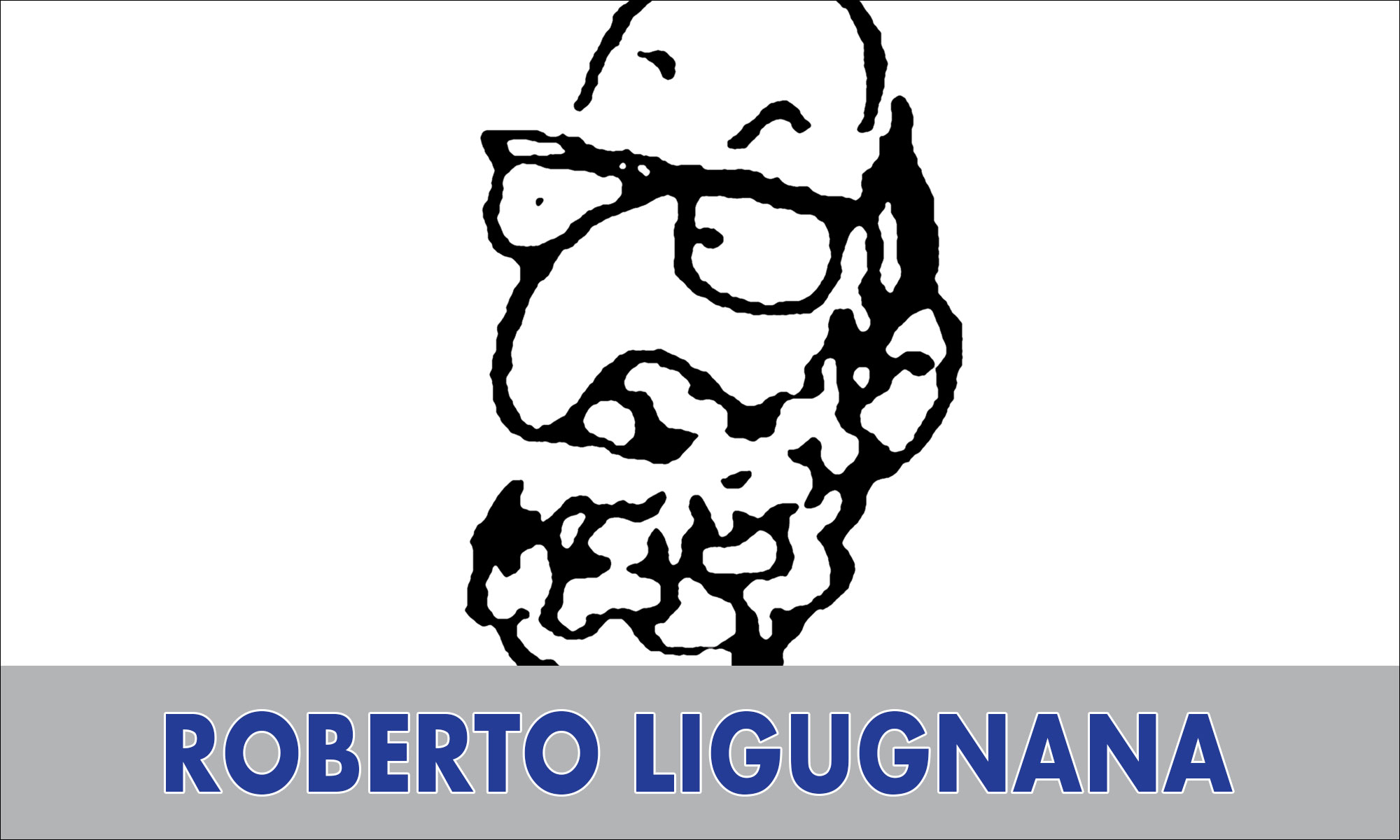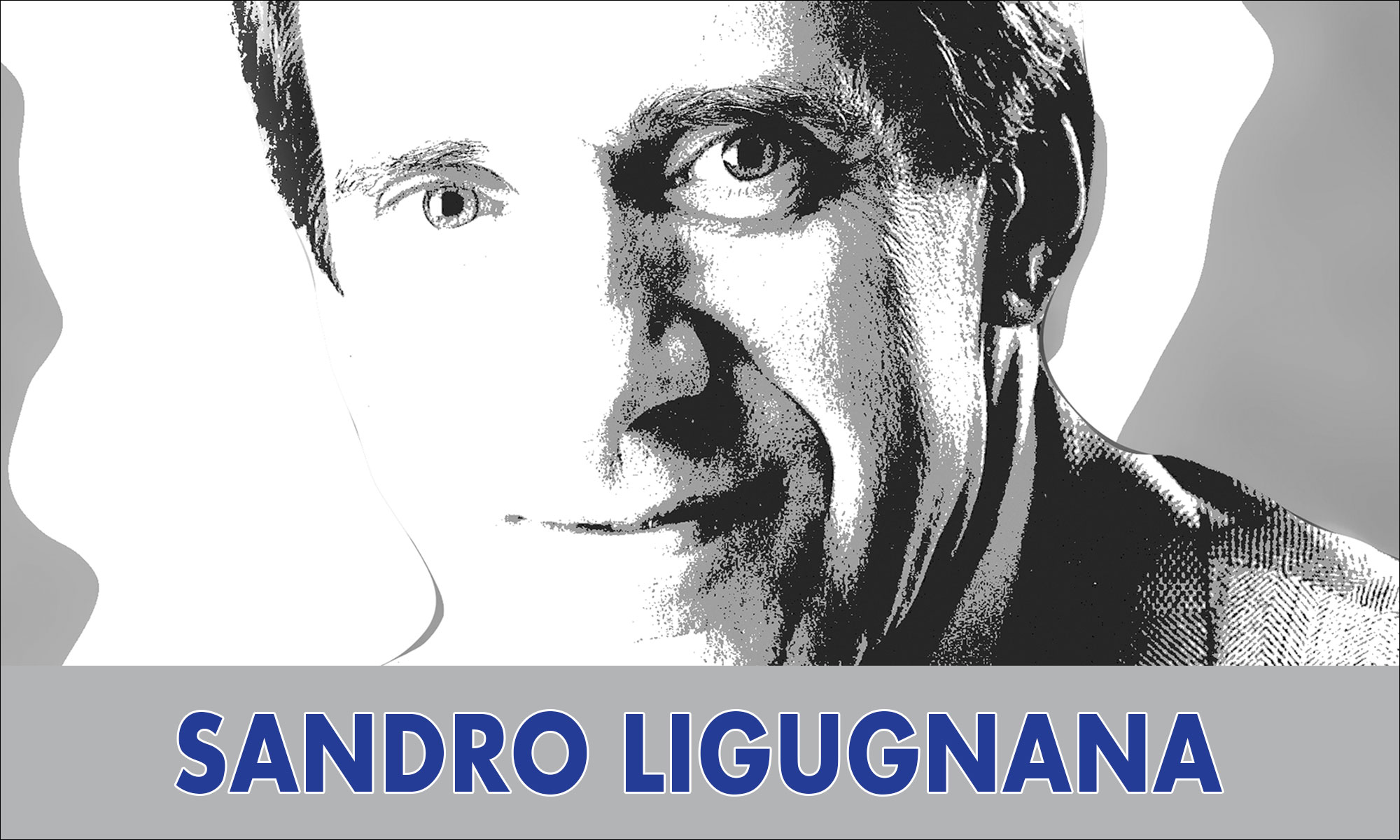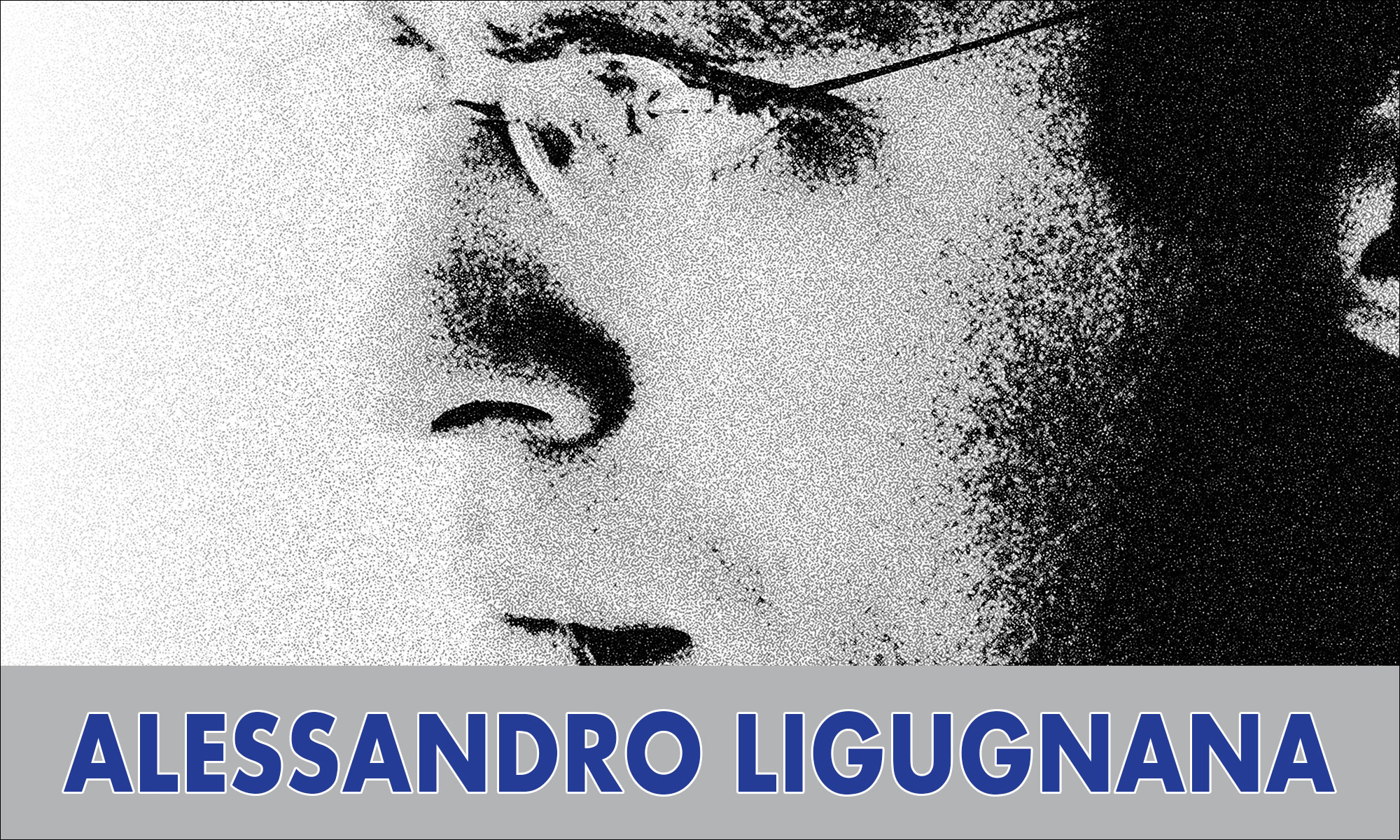Biotechnology Nobel from 1954
“BioIndustry Facts” da Genetic Engineering & Biotechnology News October 1, 2011. Pagina 27. (www.genegnews.com)
| 1954 | Chemistry | Linus Pauling | Pauling was recognized for his research into the nature of chemical bonds. His work paved the way for the discovery of DNA’s complex structure by the next prize-winners on GEN’s list… |
| 1962 | Physiology on Medicine | F. Crick, J. Watson, M. Wilkins | These 3 men correctly identified the double helix structure of DNA after examining Rosalind Franklin’s x-ray photograph. They proved false Pauling’s proposal that DNA wa formed by a triple helix. |
| 1968 | Physiology on Medicine | R. Haley, Khorana, M. Nirenberg | These men won the prestigious award for their interpretation of the genetic code and its functions in protein sintesis. |
| 1969 | Physiology on Medicine | M. Delbruck, A. Hershey, S. Luria | The price was awarded jointly to these investigators for their research into the replication mechanism and the genetic structure of viruses. |
| 1975 | Physiology on Medicine | D. Baltimore, R. Dulbecco, H. Temin | They received the award for shedding light on the interactions between tumor viruses and the genetic material of cells. |
| 1978 | Physiology on Medicine | W. Arber, D. Nathans, H. Smith | They discovered restriction enzymes and their application to problems of molecular genetics. |
| 1980 | Chemistry | P. Berg, W. Gilbert, F. Sanger | The award was divided, with one half going to Berg for his studies on recombinant DNA, and the other half jointly to Gilbert and Sanger for developing a more efficient way to sequence DNA. |
| 1984 | Physiology on Medicine | N. Jeme, G. Kahler, C. Milstein | These scientists researched the immune system and invented a method to produce monoclonal antibodies. |
| 1993 | Physiology on Medicine | R. Roberts, P. Sharp | They took home the Nobel prize for their discovery of split genes. |
| 1993 | Chemistry | K. Mullis, M. Smith | The Nobel prize was split with half going to Mullis for inventing the PCR method. The other half was awarded to Smith for his contributions to oligonucleotide-based site-directed mutagenesis and its role in protein studies. |
| 1994 | Physiology on Medicine | A. Gilman, M. Rodbell | They discovered G-proteins and uncovered their role in signal transduction in cells. |
| 1995 | Physiology on Medicine | E. Lewis, C. Nusslein-Volhard, E. Wieschaus | These scientists conducted key research into genetic control of early embryonic development. |
| 1997 | Physiology on Medicine | S. Prusiner | He discovered prions. This was particularly important in light of Europe’s bovine spongiform encephalopathy – mad cow diseases – outbreak in the 1990s. |
| 2002 | Chemistry | J. Fenn, K. Tanaka, K. Wuthrich | Half of the award went to Fenn and Tanaka for developing soft desorption ionization methods for mass spec analyses of biological macromolecules. The other half went to Wuthrich for his development of nuclear magnetic resonance spectroscopy for determining the 3-D structure of biological macromolecules in solution. |
| 2006 | Chemistry | A. Fire, C. Mello | These two scientists were recognized with the Nobel prize for discovering RNA interference or gene silencing by double-stranded RNA. |
| 2006 | Physiology on Medicine | R. Kornberg | He received the award for his studies of the molecular basis of eukaryotic transcription. |
| 2007 | Physiology on Medicine | M. Capecchi, M. Evans, O. Smithies | These 3 scientists figured out how to introduce specific gene modifications in mice using embryonic stem cells. |
| 2008 | Chemistry | O. Shimomura, M. Chalfie, R. Tsien | These 3 scientists figured out how to introduce specific gene modifications in mice using embryonic stem cells. |
| 2009 | Chemistry | V. Ramakrishnan, T. Steitz, A. Yonath | They were recognized for the studies into the structure and function of ribosome. The study findings are particularly useful for pharma and biotech companies developing new antibiotics and target ribosomes. |
Font: Genetic and Engineering News

















